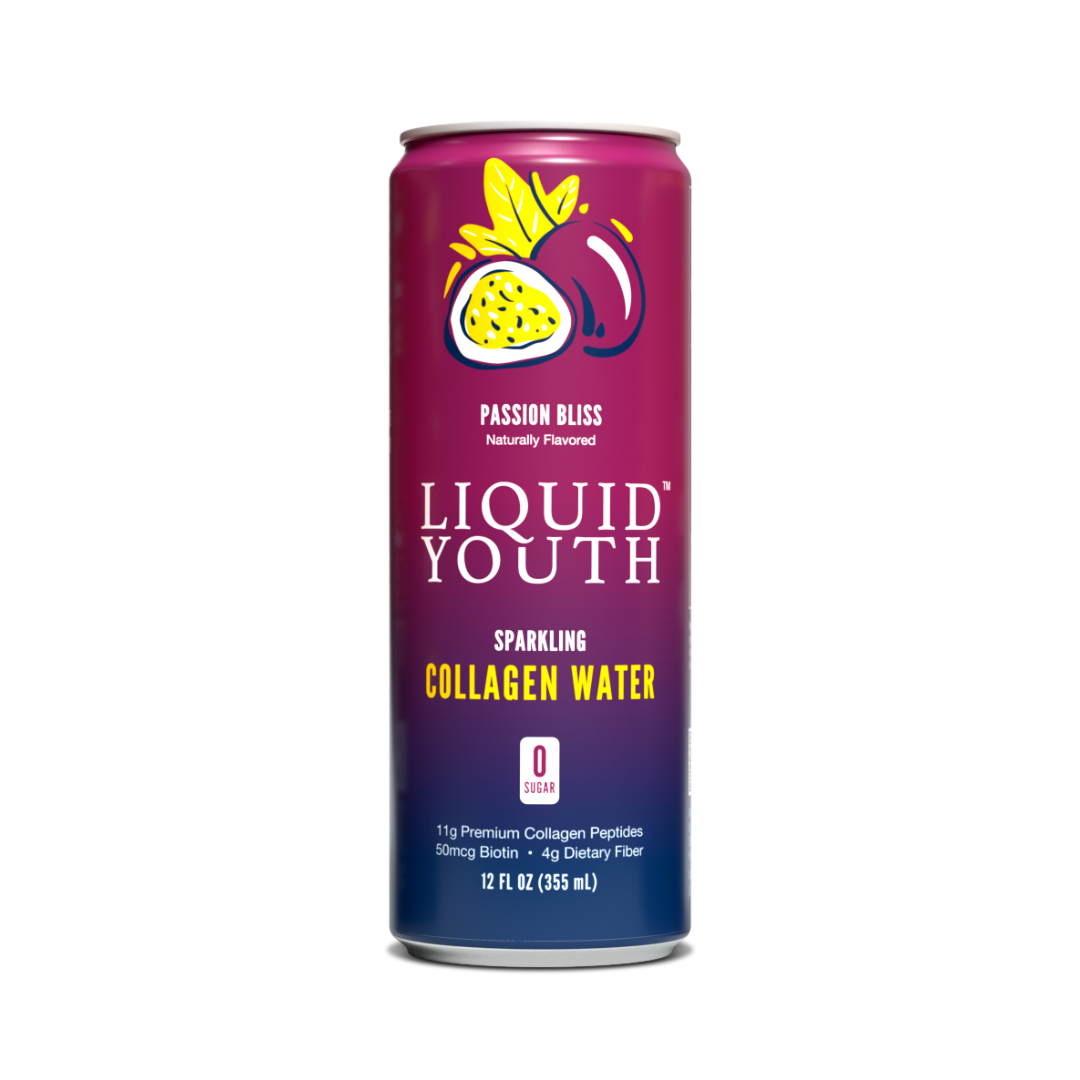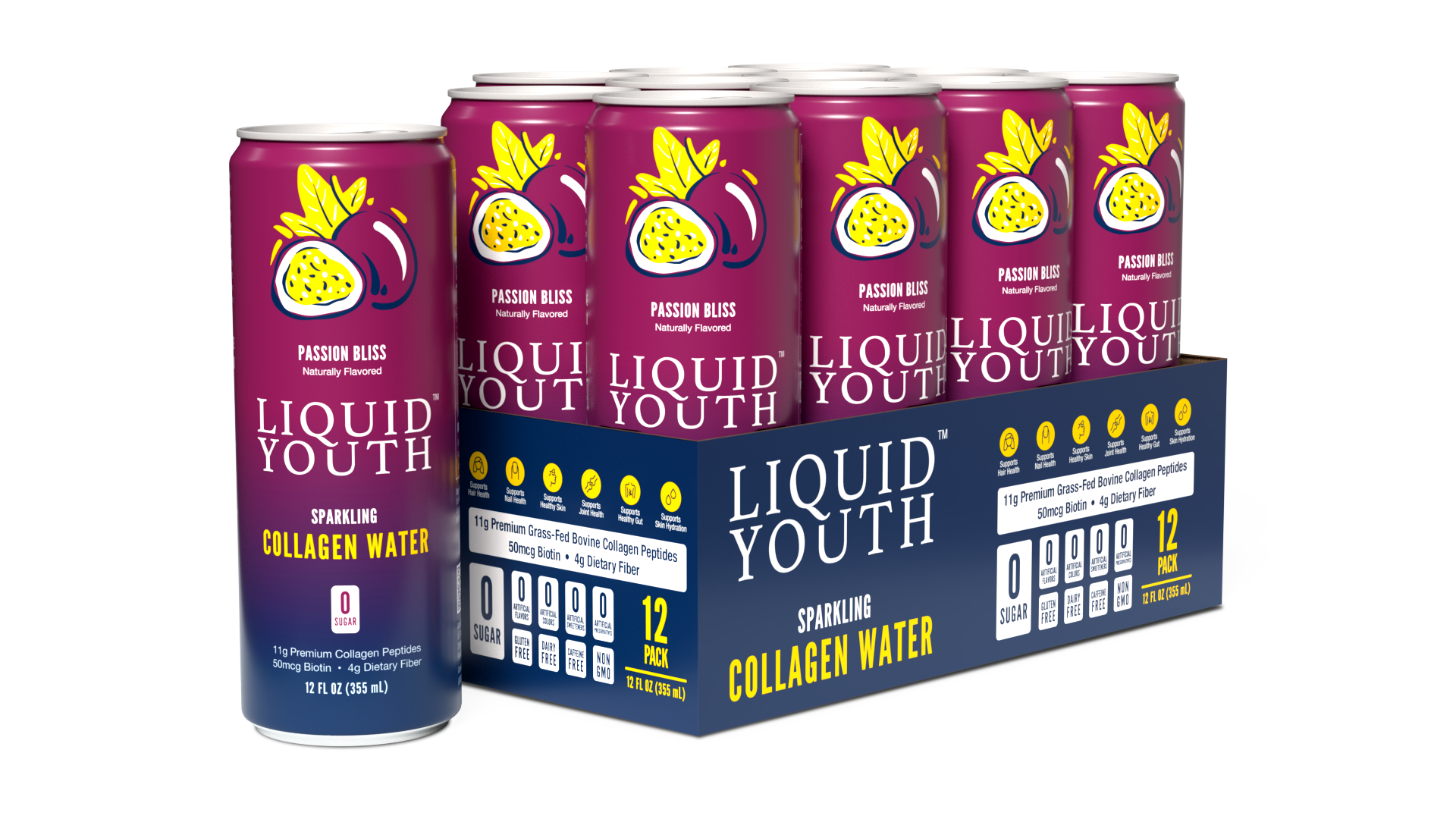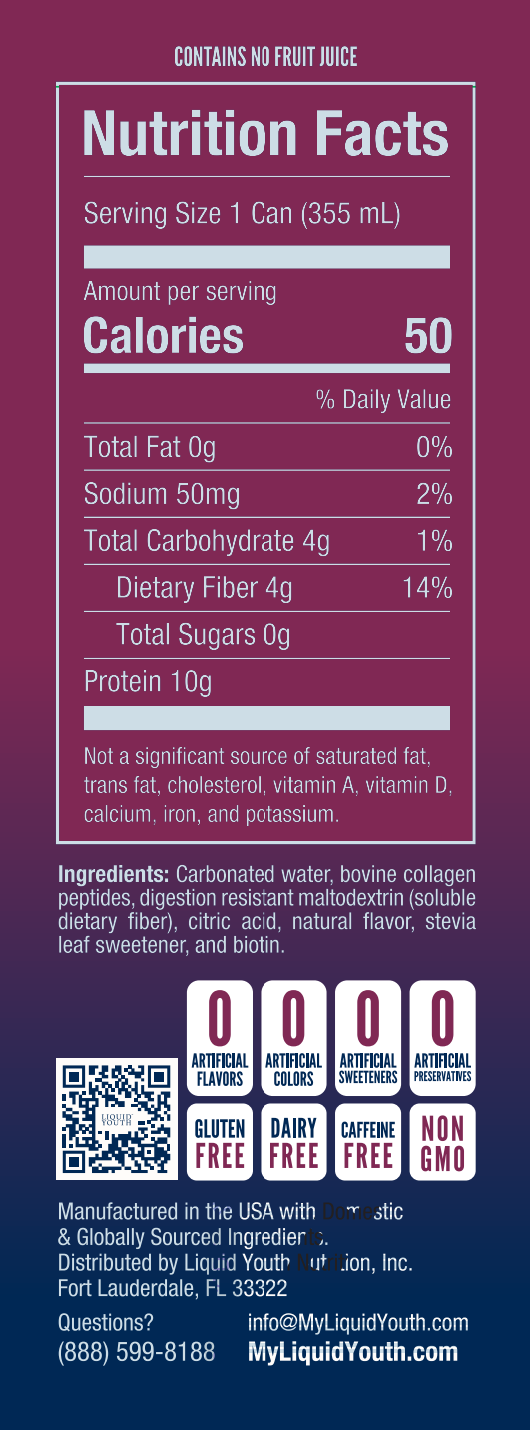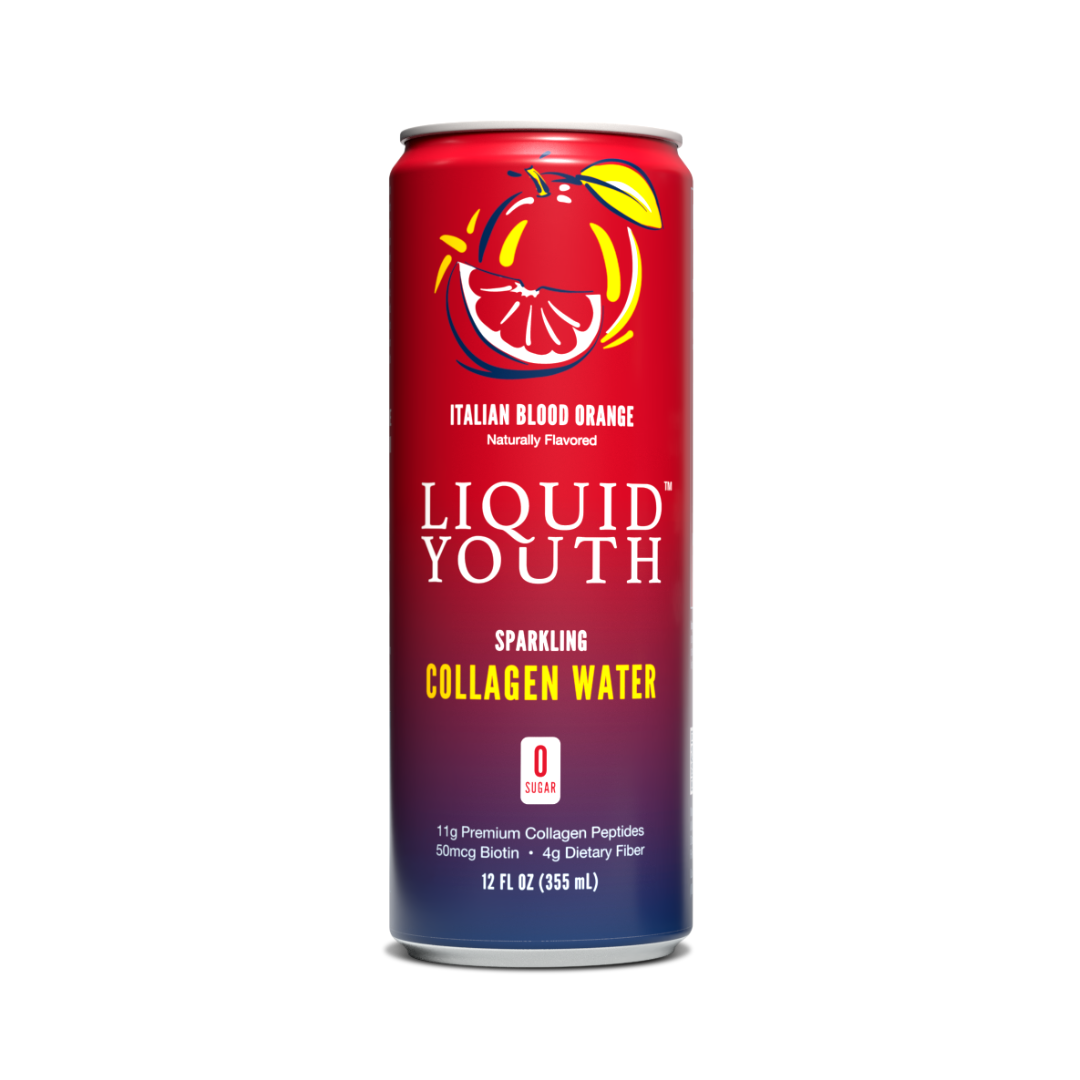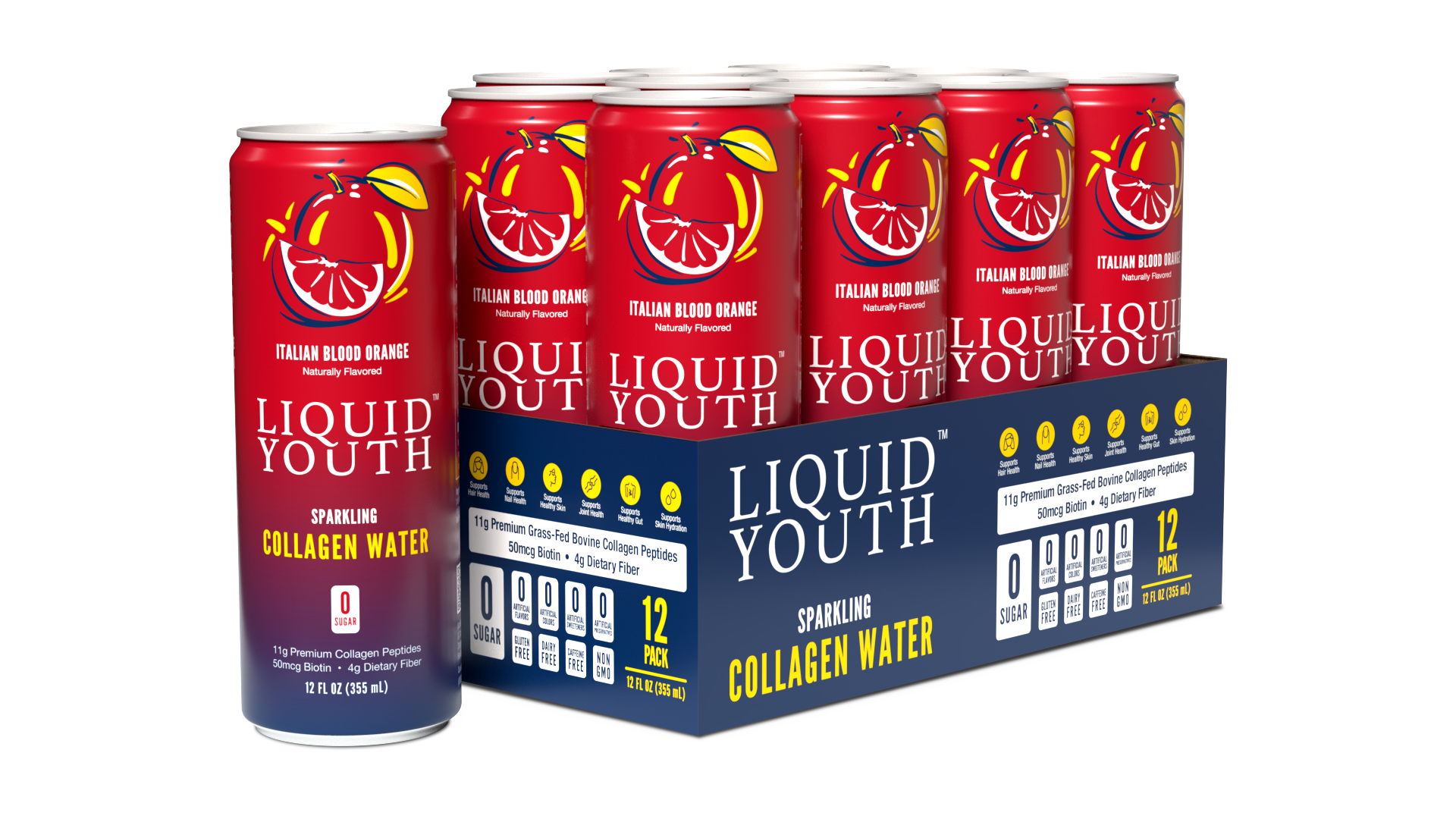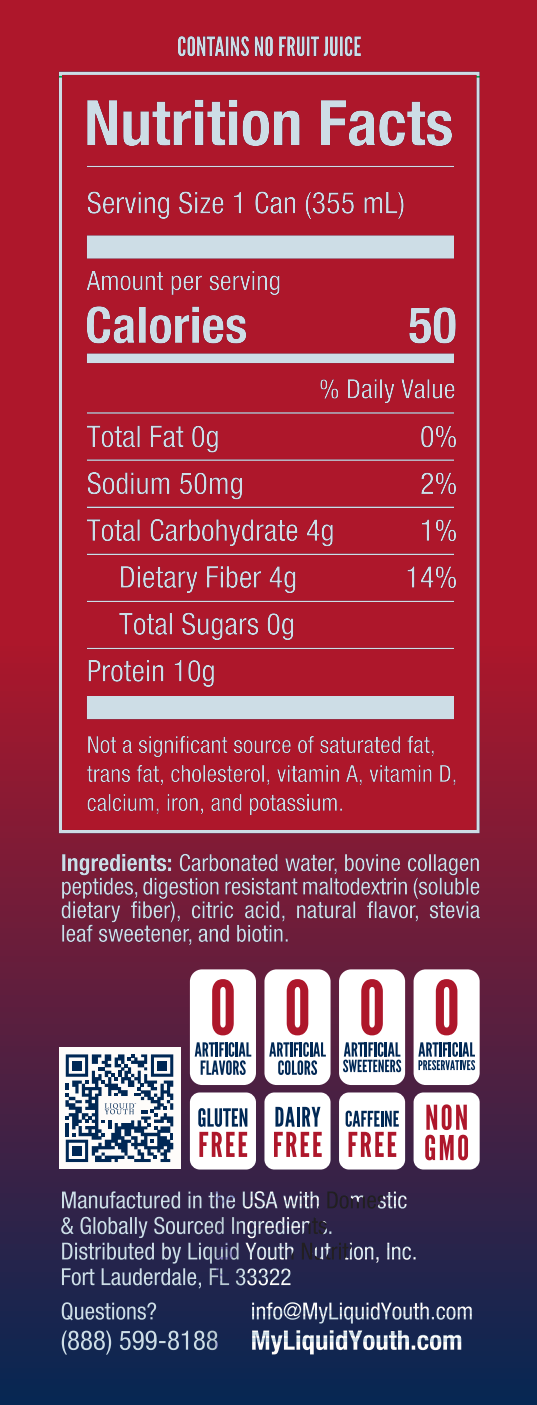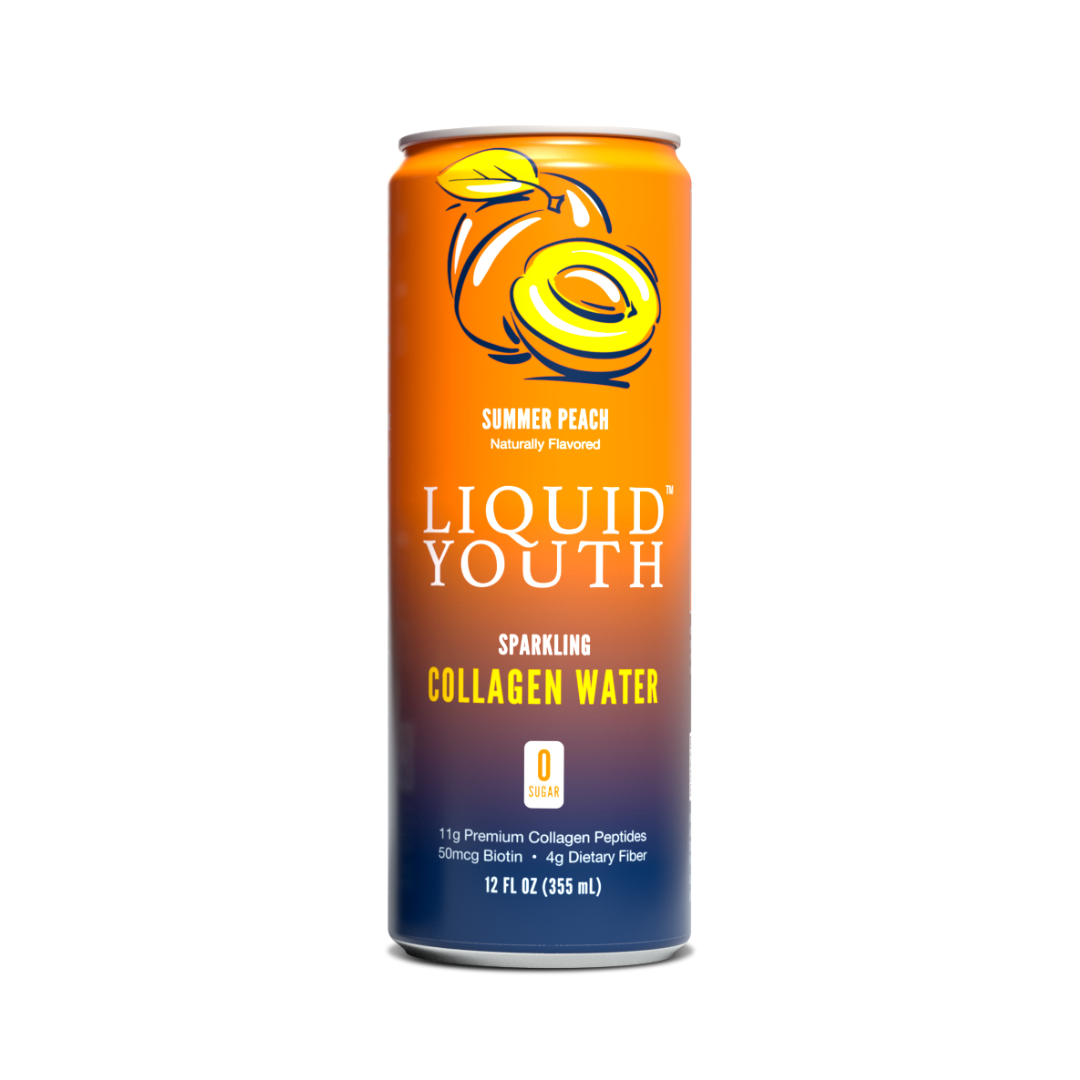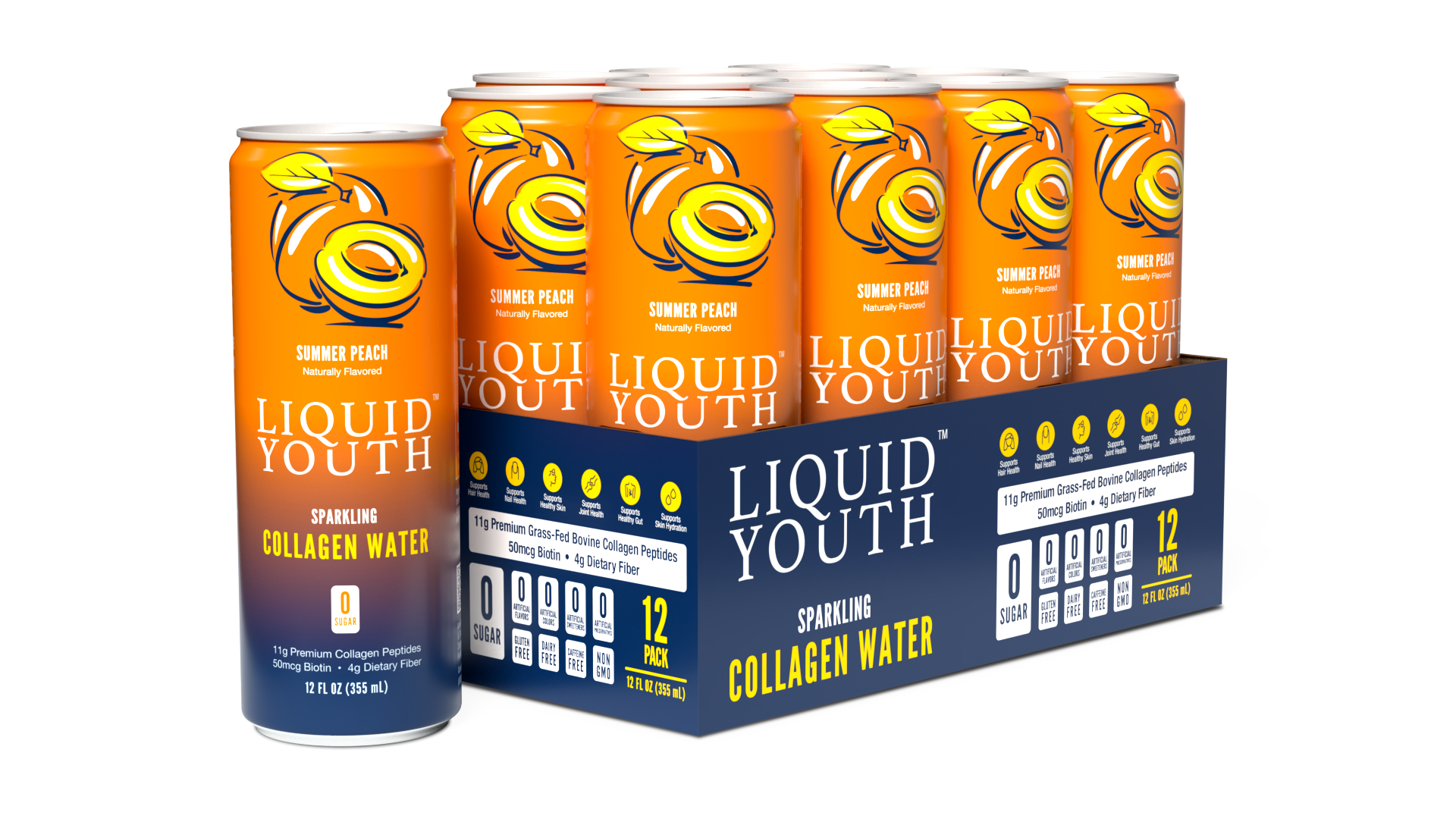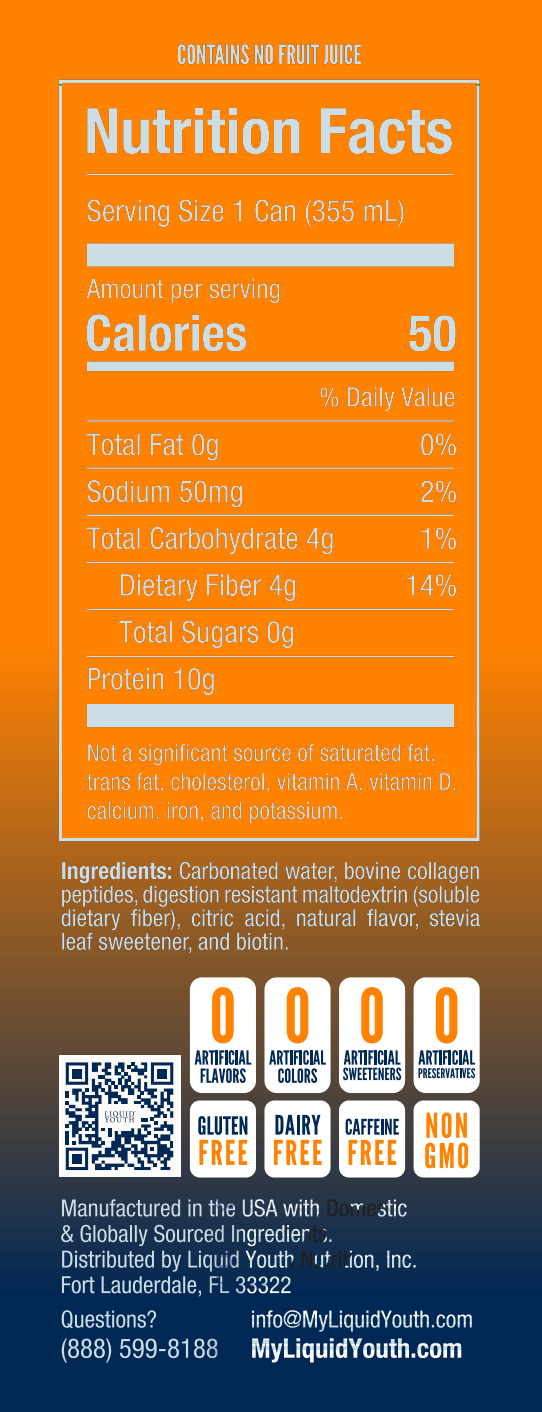Collagen Drink vs Collagen Powder Summary
-
Collagen drinks are usually sourced from either marine or bovine collagen peptides. Marine collagen peptides comprise primarily Type I collagen, whereas bovine collagen peptides contain type I and III collagen.
-
Some studies have found that marine collagen peptides have better bioavailability than bovine collagen peptides.
-
Collagen drinks offer convenience and require no mixing of powders, which is beneficial for those on the go.
Introduction
Collagen is the most abundant protein in the human body, serving as a fundamental component of skin, bones, muscles, and connective tissues. Its role is crucial in maintaining the structural integrity and elasticity of these tissues. Natural collagen production declines with aging, leading to visible signs of aging and decreased joint mobility, which has heightened interest in collagen supplements as potential remedies. Collagen peptides can support beneficial effects such as improving hydration, reducing wrinkles, and improving skin, hair, and nail health.
The surge in popularity of collagen supplements can be attributed to the decline in the body's ability to produce collagen, which typically begins around the age of 30 and continues to decrease by 1% annually. Consequently, by the time you reach 60, your collagen levels have been halved.(Varani et al., 2006)
Collagen Sources
Before the availability of collagen supplements, people traditionally obtained collagen from natural dietary sources. Bone broth and gelatin, derived from animal tissues, were commonly consumed to receive the benefits of collagen. However, consuming traditional collagen is not the best way to increase collagen production in the body. Collagen peptides are a more readily absorbable form that can increase collagen production.
Liquid Collagen
Liquid collagen, such as collagen drinks and collagen shots, is becoming increasingly popular among the various forms of collagen supplements. Studies have found that collagen peptides taken with foods and liquids such as yogurt result in superior absorption and convenience compared to traditional powder.(Iwasaki et al., 2020) Collagen drinks, usually combined with other ingredients such as hyaluronic acid and Vitamin C, often prepared as ready-to-consume beverages, appeal to those seeking easy integration of collagen peptides into their busy lifestyles without the hassle of powders and mixing ingredients.
Thus, this guide will thoroughly compare liquid collagen with powder collagen, assessing nutritional content cost-effectiveness and helping consumers make informed choices based on lifestyle needs and empirical evidence.
Understanding Collagen Types
The human body contains several types of collagen, with at least 28 different types identified, but types I, II, and III are the most prevalent:
Type I Collagen is the most abundant, found in skin, tendon, vasculature, organs, and bone, and is crucial for wound healing and providing skin elasticity. (Bou-Gharios, 2020).
Benefits: Type I collagen enhances skin health by improving elasticity and hydration, helping diminish fine lines and wrinkles. It also contributes to bone density and strength. Additionally, it provides essential strength and elasticity to tendons and ligaments, supporting their flexibility and resilience, which is crucial for overall joint and muscle function.
Type II Collagen is mainly found in cartilage and intervertebral discs, critical in joint health and resilience. (Ricard-Blum, 2011)
Benefits: Type II collagen is essential for joint health as it is the main cartilage component that cushions the joints. It helps maintain and repair cartilage. Supplementing with Type II collagen can support those suffering from joint pain and stiffness, enhancing overall joint function and mobility.
Type III Collagen, commonly found alongside type I, supports the structure of muscles, organs, and arteries. (Steele, 2022)
Benefits: Type III collagen supports the structure and function of muscles, organs, and arteries. It's crucial for maintaining cardiovascular health by ensuring the integrity and flexibility of arterial walls.
Collagen Sources: Marine vs Bovine
Bovine Collagen is sourced from cows; it is primarily type I and III collagen. Bovine collagen is widely used due to its availability and similarity to human collagen.
Marine collagen is extracted from fish skin and scales, is rich in type I collagen, and is known for its superior absorption and sustainability.
Absorption Differences Between Marine and Bovine Collagen Drinks
The efficacy of collagen supplements, whether marine or bovine, largely depends on their bioavailability, which is significantly influenced by their absorption characteristics. Understanding these differences is crucial for consumers to decide which collagen type may be more beneficial.
Marine Collagen Drinks:
Marine collagen, primarily sourced from fish skin and scales, is notable for its superior absorption properties. This type of collagen consists of smaller peptides than those derived from mammalian sources, facilitating a quicker and more efficient digestion and absorption process. Studies have highlighted marine collagen's ability to be absorbed more readily into the bloodstream, leading to higher bioavailability. (Jafari et al., 2020) These attributes make marine collagen particularly advantageous for individuals looking to improve skin health, bone density, and metabolic stability.
Bovine Collagen Drinks:
Bovine collagen, derived from cows, is predominantly composed of Type I and III collagen, similar in structure to the collagen found in human skin and bones. While bovine collagen effectively supports skin health and joint function, its larger peptide size generally takes longer to digest and absorb than marine collagen. However, bovine collagen is still highly beneficial and provides essential amino acids that support the body's collagen synthesis.
Randomized controlled trials have found both marine and bovine collagens offer distinct advantages that cater to different needs, with the choice often boiling down to individual health goals, dietary preferences, and specific bodily requirements.
Powder Collagen vs Collagen Drinks
Powder collagen peptides are a popular dietary supplement made by extracting collagen from animal tissues by breaking down the proteins into smaller peptides via hydrolysis. This process increases the bioavailability of the collagen, making it easier for the body to absorb. Powder collagen peptides are easily dissolvable and can be added to foods, beverages, or smoothies, making it a versatile option for daily intake.
|
Feature |
Powder Collagen |
Liquid Collagen |
|---|---|---|
|
Convenience |
Requires mixing or blending with other substances. |
Ready to consume, no preparation needed. |
|
Absorption |
Good absorption, though, may depend on the mixture quality. |
May have better absorption. |
|
Taste and Flavor |
May have a residual taste or texture. |
Comes in various flavors, generally better tasting. |
|
Portability |
Large containers make it challenging to travel |
Convenient to carry. |
|
Mixability |
Might clump or not dissolve well in cold liquids. |
Pre-mixed, no issues with solubility. |
Practical Considerations: Ease of Use, Taste, Integration into Daily Routines
From a practical standpoint, powder collagen peptides are often unflavored and can be incorporated into various recipes without significantly altering the taste or texture. In contrast, liquid collagen is usually pre-flavored and can be consumed directly, which might be preferable for those looking for convenience and ease of use but can be limiting for those sensitive to taste or dietary additives. The choice between powder and liquid collagen often comes down to personal preferences regarding taste and how easily they can be integrated into one's daily routine.
Bou-Gharios, G. (2020). Type I collagen structure, synthesis, and regulation. Principles of Bone Biology.
Iwasaki, Y., Taga, Y., Suzuki, A., Kurokawa, M., Sato, Y., & Shigemura, Y. (2020). Effect of Co-Ingestion of Collagen Peptides with Yogurt on Blood Absorption of Short Chain Hydroxyproline Peptides. Applied Sciences.
Jafari, H., Lista, A., Siekapen, M. M., Ghaffari-Bohlouli, P., Nie, L., Alimoradi, H., & Shavandi, A. (2020). Fish Collagen: Extraction, Characterization, and Applications for Biomaterials Engineering. Polymers, 12.
Ricard-Blum, S. (2011). The collagen family. Cold Spring Harb Perspect Biol, 3(1), a004978.
Steele, C. (2022). Collagen: A Review of Clinical Use and Efficacy. Nutr Med J., 1 (2): 12-36.
Varani, J., Dame, M. K., Rittie, L., Fligiel, S. E., Kang, S., Fisher, G. J., & Voorhees, J. J. (2006). Decreased collagen production in chronologically aged skin: roles of age-dependent alteration in fibroblast function and defective mechanical stimulation. Am J Pathol, 168(6), 1861-1868.
This statement has not been evaluated by the Food and Drug Administration. This product is not intended to diagnose, treat, cure, or prevent any disease




